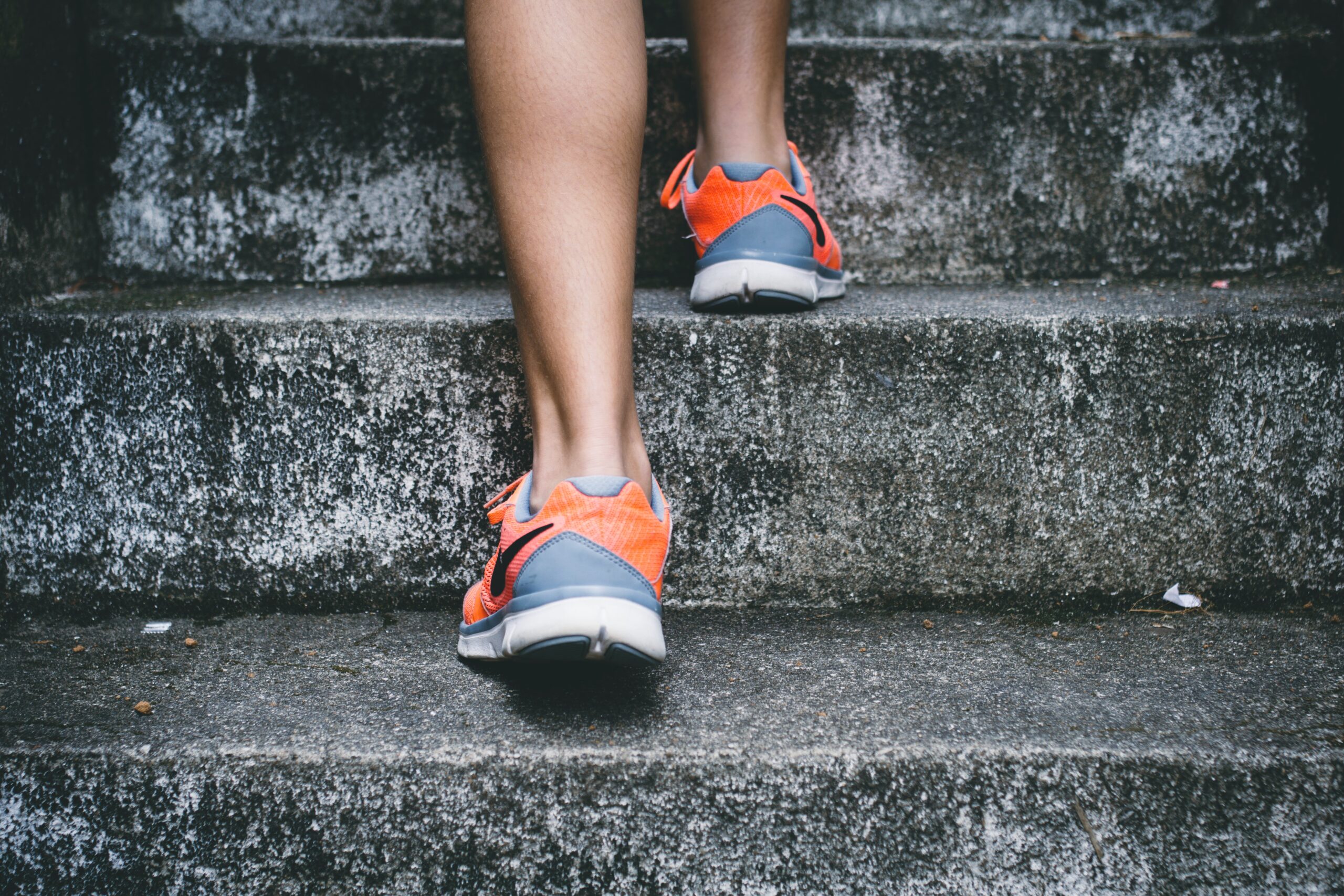Application of the 6 principles of training to build ‘fitter bones’ – Part of the BJSM’s Young Clinician blog series
Running alone is not a great bone-strengthening activity, partly due to the high occurrence of low energy availability in distance runners, but also because bone cells become “deaf” to repetitive loading.1 3 8 It only takes 100 strides for bones to lose 95% of their mechanosensitivity.1 So even as you pound the pavement, your bones stop listening and responding to that impact before you get one block away from home. If you’re a distance runner, then you’ve possibly been caught out by your first (or heaven forbid your fourth) bone stress injury (BSI) and want to know why your so-called robust skeletal system has failed you.
We understand training principles when it comes to building cardiovascular and muscular fitness towards our running goal or race, but most BSI’s occur due to errors in these training programmes.8 With inspiration from Warden and colleagues’ articles describing optimal bone workload, I’m applying the 6 principles of training to create a distance running programme that builds stronger bones.6-8

OVERLOAD
Simply put, this refers to the stress of a single bout of exercise. But for any adaptation to take place, the body is required to exert itself beyond the usual level and direction of stress. The difference between accustomed stress and novel stress to bones is what elicits change.4 8
PROGRESSION
Progression is a close relative to overload, and refers to the medium, and long-term development of bony integrity. In a well-periodised programme, bones need to be challenged regularly to elicit greater levels of resilience.4 8 The more often you stress your bones, the more difficult it becomes to elicit change as each load increment diminishes the difference between new and routine bone loading.
RECOVERY
The adaptation to progressive overload occurs during a rest period. Even a small amount of rest enables bones to regain mechano-sensitivity, with over 90% of restoration occurring after only 4-8 hours of rest between bouts of exercise.1 Bone cells also lose sensitivity throughout a yearly training cycle.8 Taking a rest may make the accumulative running volume lower, but cardiovascular and musculoskeletal fitness can still be maintained through cross-training, and the superior bone adaptation will likely prevent unwanted interruptions to future training from BSI.
SPECIFICITY
Specificity for bone loading means:
- Keeping forces HIGH – jumping with more power rather than landing heavier, with few repetitions. High intensity plyometric training (HIPT) is likely to increase bone strength at sites of compressive forces.2 5
- Keeping muscles STRONG – diffusing forces across a bony cortex and increasing resistance to bending moments from an external force.2 High intensity resistance training (HIRT) is likely to increase the strength through the shaft of a bone, where many stress fractures occur in distance runners.2 6 7
REVERSIBILITY
You use it or you lose it. That bout of resistance training you did five times a week, for one week, six months ago won’t mean much now if all you’ve done since is run. It takes at least three months to lay down new bone, so consistency is key over a long period of time to see positive changes.6
ADAPTATION
Careful integration of the principles above is more like an art than a science. Identifying innate differences between people, respecting their history, and understanding their current training status will help to determine the best training recipe for optimal bone health and performance.
Overall, a ‘bone-specific’ training plan can, and should be used to enhance performance and reduce the risk of re-injury for all types of distance runners that have suffered from BSI’s. Don’t make elaborate plans, start small and take time to train your bones.
Author and Affiliations:
Kelsi Parker is a Senior Physiotherapist at Body Performance Clinic in Cambridge, New Zealand. She wrote this blog as part of the post-graduate Sports Physiotherapy paper at the University of Otago. She is also a Performance Physiotherapy contractor to High Performance Sport New Zealand, working with the New Zealand track cycling, rowing, canoe, and triathlon athletes. From personal experience with rowing related bone stress injuries, and her immersion in multiple endurance sports, she is interested in the role of the physiotherapist in the prevention and rehabilitation of athletes with bone stress injuries. Email: kelsiparker101@gmail.com
REFERENCES
- Burr DB, Robling AG, Turner CH. Effects of biomechanical stress on bones in animals. Bone (New York, NY) 2002;30(5):781-86. doi: 10.1016/S8756-3282(02)00707-X
- Lambert C, Beck BR, Harding AT, et al. Regional changes in indices of bone strength of upper and lower limbs in response to high-intensity impact loading or high-intensity resistance training. Bone (New York, NY) 2020;132:115192-92. doi: 10.1016/j.bone.2019.115192
- Tenforde AS, Kraus E, Fredericson M. Bone Stress Injuries in Runners. Physical Medicine and Rehabilitation Clinics of North America 2016;27(1):139-49. doi: https://doi.org/10.1016/j.pmr.2015.08.008
- Turner CH. Three rules for bone adaptation to mechanical stimuli. Bone (New York, NY) 1998;23(5):399-407. doi: 10.1016/S8756-3282(98)00118-5
- Vlachopoulos D, Barker AR, Ubago-Guisado E, et al. A 9-Month Jumping Intervention to Improve Bone Geometry in Adolescent Male Athletes. Medicine and science in sports and exercise 2018;50(12):2544-54. doi: 10.1249/MSS.0000000000001719
- Warden SJ, Davis IS, Fredericson M. Management and prevention of bone stress injuries in long-distance runners. The journal of orthopaedic and sports physical therapy 2014;44(10):749-65. doi: 10.2519/jospt.2014.5334
- Warden SJ, Edwards WB, Willy RW. Optimal Load for Managing Low-Risk Tibial and Metatarsal Bone Stress Injuries in Runners: The Science Behind the Clinical Reasoning. The journal of orthopaedic and sports physical therapy 2021;51(7):322-30. doi: 10.2519/jospt.2021.9982
- Warden SJ, Edwards WB, Willy RW. Preventing Bone Stress Injuries in Runners with Optimal Workload. Current osteoporosis reports 2021;19(3):298-307. doi: 10.1007/s11914-021-00666-y